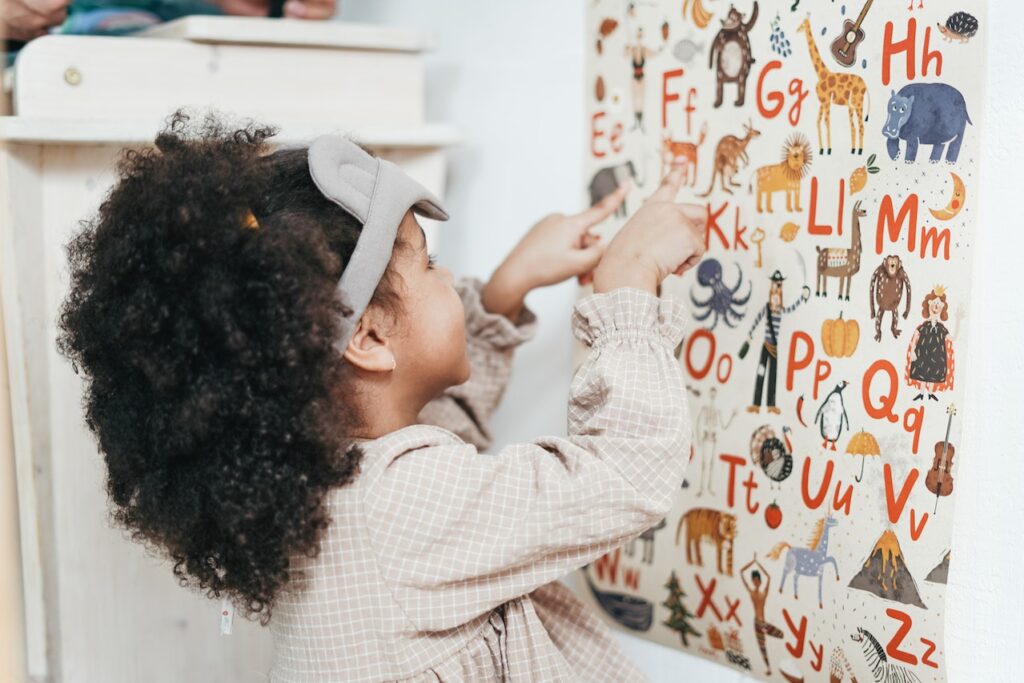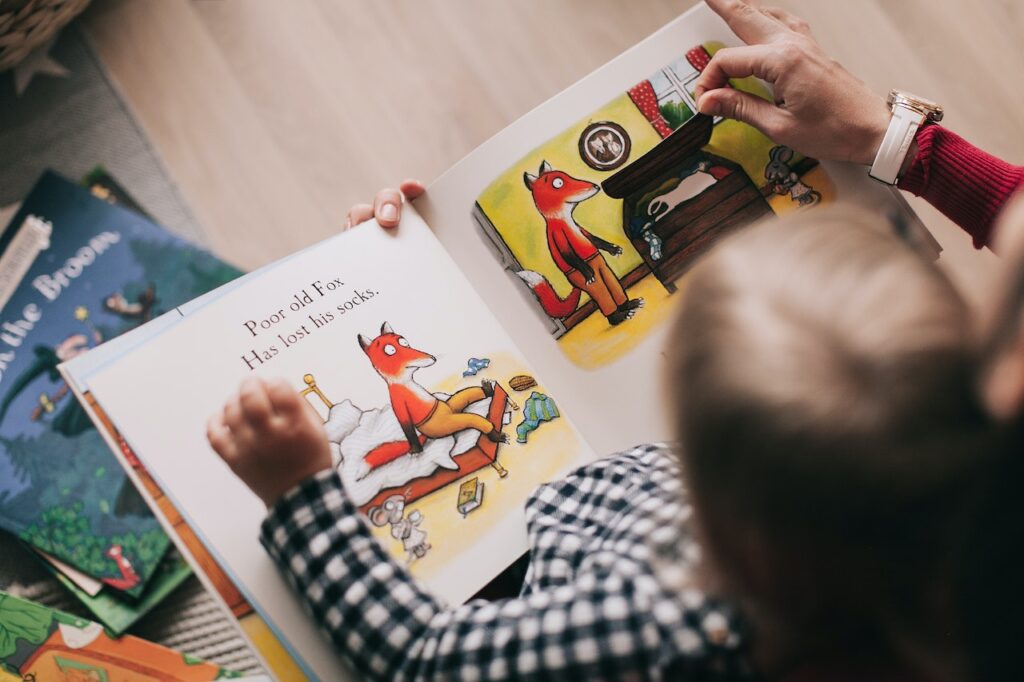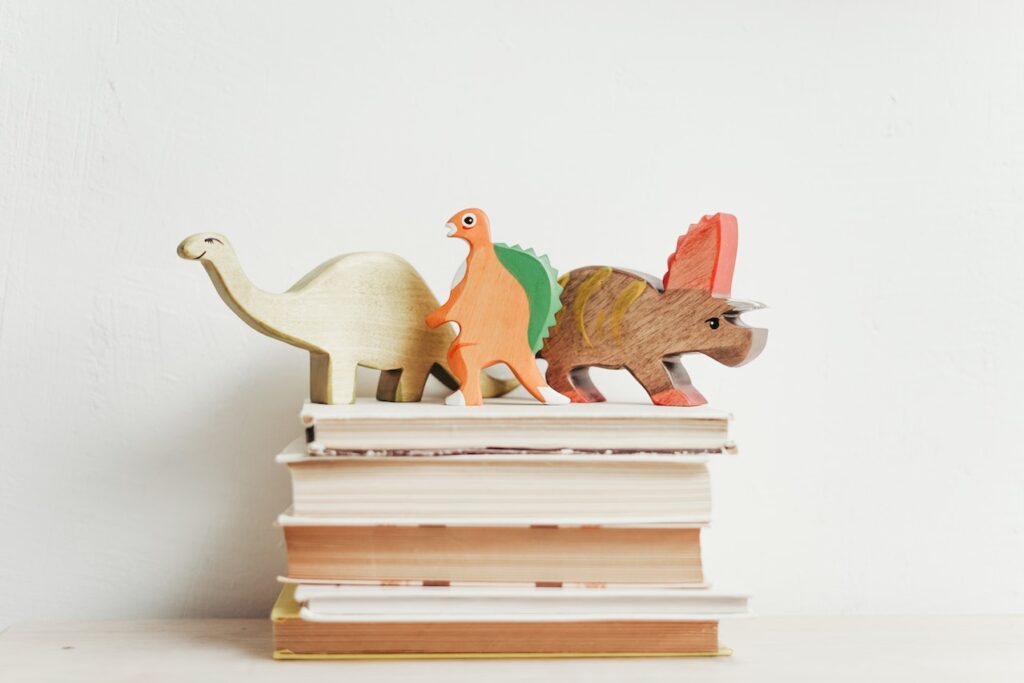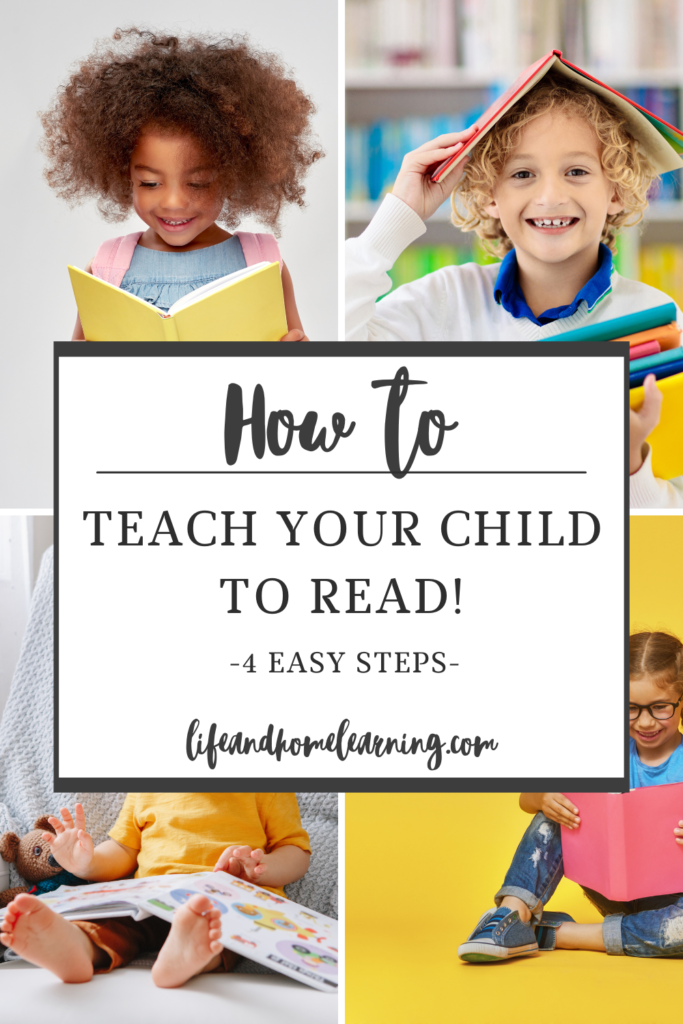Easy Steps to Teach a Child How to Read
Teaching a child to read can be a daunting task to take on, especially if you’ve never taught someone to read before! Rest assured that it really isn’t as difficult as it seems! Following these easy steps to teach a child how to read you will teach your child to be great fluent readers!
I have taught two of my children to read so far and I am currently in the process of teaching my preschooler how to read as well. My oldest two daughters can read wayyy better than I could at their age, and they even enjoy it!
Let me preface that this takes time, especially if you are starting at the beginning. Teaching a child how to read is a slow progression of building up their letter and letter sound recognition, phonics principles and then all of a sudden, they are ready to begin reading!
*Check the bottom of this article for Curriculum and App recommendations
Join our brand new Facebook group!
Help build and become part of a community of homeschoolers where you can share resources, ideas, and advice!
Step 1 – Letter and Letter Sound Recognition

The first step is for the child to learn and recognize their letters and letter sounds. This step takes the longest as 26 letters, both uppercase and lowercase, as well as their sounds takes some serious time and practice to master!
I will usually begin introducing letters at around age 3, but it usually isn’t until closer to age 4 when they really start retaining the letter sounds. Now of course this varies depending on the child and the time spent working with them, some children pick this up quicker, some need more time, there is absolutely no definitive point on a timeline at which your child must learn these concepts, these are just generalities.
Begin introducing the letter shapes as early as you can to get the child familiar with the letter differences. Then we start working on letter names and sounds.
What to teach first? Letter names, letter sounds, or both?
The answer to this question depends on you as a teacher and the child. I have taught a child all the letter names and then moved on to the letter sounds. I’ve also taught a child both letter names and sounds at the same time.
Both methods worked! However, I think that teaching both the letter name and the sound at the same time worked well enough to save time. Teaching both sounds and names at the same time is how I will continue to teach the remainder of my children in the future.
Vowels: a e i o u and sometimes y
It’s best to teach the child short vowel sounds as these are the most common sounds for vowels and it’s best to not confuse the child with all the different sounds that vowels can make. Once they are confident and fluent with the basics you can begin teaching more complex letter sounds and phonics principles.
Letters C and G
The letters c and g both have 2 sounds each. I find it better to teach the “hard” sound of each of these letters first.
g as in game
c as in cat
The hard sounds are much more common than the soft sounds and so it is better to keep learning these letters simple and save the soft sounds for later on.
Here are some of my most frequently used ways to teach preschoolers letters, numbers, shapes, and more! All of these can be used solely for letter and letter sound recognition.
Step 2 – Blending Words

Once your child knows their letters and letter sounds you can begin blending words!
I suggest starting with 2 letter words such as: at, an, ad, as, up, it, in, is, if, etc.
Then, when you move on to 3 letter words you can expand on the the 2 letter words you’ve already been practicing. It’s best to stick with CVC words (consonant, vowel, consonant) to begin. The reason for this is because cvc words *usually use the short vowel sound and hard C and G sound.
Example of CVC words: mat, sat, rat, fan, pan, man, sad, mad, pad, gas, cup, sit, fit, lit, pit, tin, pin, win, etc.
Word Families
You’ll notice that many of the cvc words have “word families”. This is where all the words in the family contain all of the same ending letters and they sound the same. These can really be a great starting point for beginning readers as only changing one letter creates a whole new word!
Quick tip:
Be careful with cvc words that end with -r- because many times the r changes the sound of the vowel. Think of Car, Sir, Fur, Bar, etc. Best to avoid these in the beginning.
Step 3 – Letter Combination Sounds

There are some common instances where two letters are combined which produce a different sound. These are frequently seen in common words and so they are important to teach once your child is comfortable with having learned cvc words in the last step.
These letter combinations are: th, ch, sh, tr, ee, and oo. There are many more of these letter combinations, but these are the most common ones your child will encounter in the beginning stages of reading.
Step 4 – Choosing a reading curriculum

Congratulations! At this point you have successfully taught your child to read! From here on out you can begin teaching your child more complex phonics principles; things like long vowels, e at the end of words, soft vs. hard c & g, rule exceptions, and more!
I suggest moving on to a Language Arts curriculum to help you cover your bases and teach things in an efficient order. Below I will list some of the most popular LA curricula out there. There are tons and tons of curriculum out there so do your research before settling on one!
For reference we personally use The Good and The Beautiful, for levels K and up, and love it!
(click to follow link to curriculum website)
- The Good and The Beautiful
- Story Weavers
- All About Reading
- Moving Beyond the Page
- Pinwheels
- Sonlight
Apps that can help along the way
There are tons of apps that can help you reinforce reading but I will list my top 4 recommendations:
Final Thoughts
Good luck in teaching your children to read! This is such a wonderful milestone and skill for a child to master! I hope these easy steps to teach a child how to read have helped you in your teaching process!
Other Articles you might like:
Favorite Learning Manipulatives for ages 2-5
Montessori Toys and Manipulatives
Save this article to Pinterest for quick reference!

Join our brand new Facebook group!
Help build and become part of a community of homeschoolers where you can share resources, ideas, and advice!

